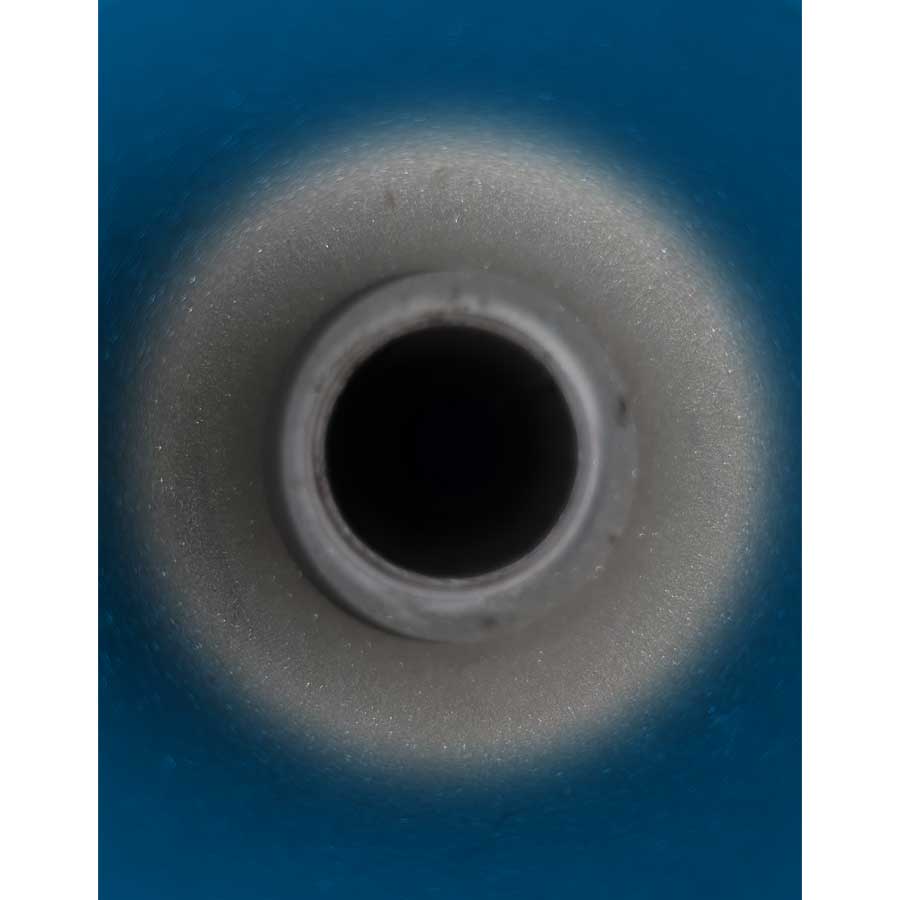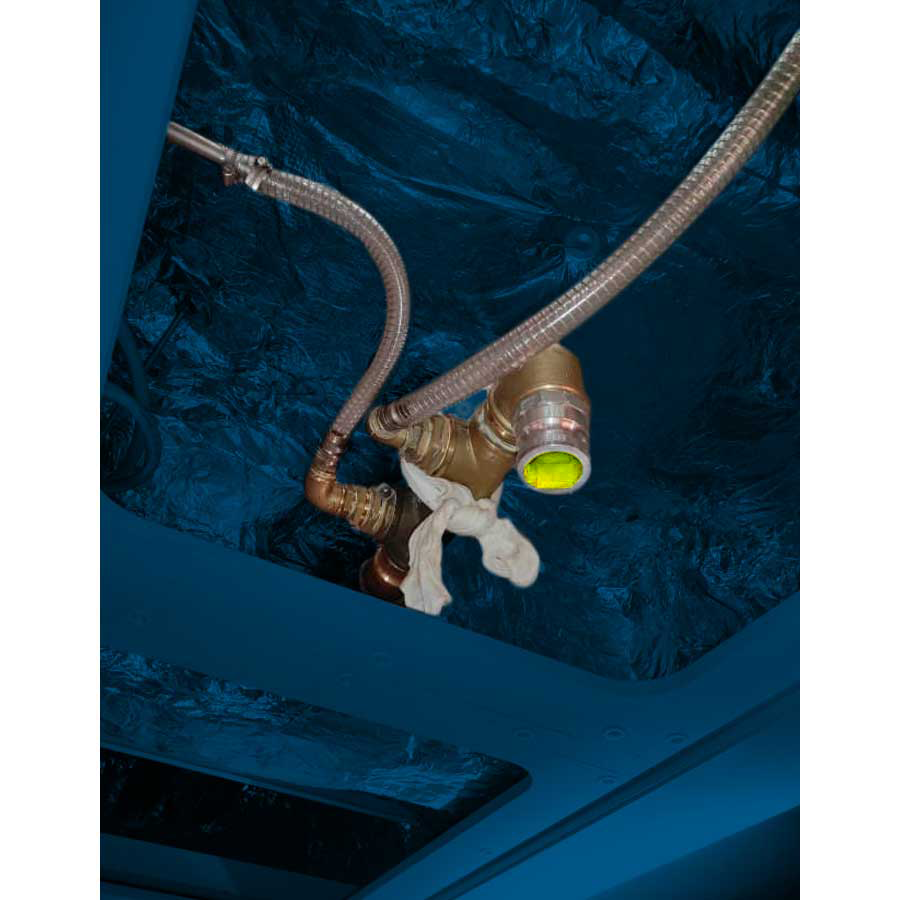Process
We employ conditioned turbulent air flow at the inlet of the pipe system and a vacuum collector at the outlet. Aggregate scours the line and cleans it to substrate. Subsequently, a polymer is injected, lining the entire pipe system evenly. Our process works through bends, connections, and verticals.

Diagnosis
Understanding the cause is almost as important as fixing the problem. We review drawings, complete camera inspections, and meet with the engineers to best understand the problem. A comprehensive report is submitted with our findings, schedule, and quote. We identify the type of corrosion occurring and submit recommendations that may benefit to a prolonged lifecycle.
Deployment and Arrival
We have engineered mobility into our service. Our two twenty-foot shipping containers are equipped with an engineering office, changing room, mechanical workshop, polymer laboratory, and equipment storage room. Using this versatile footprint, we can move quickly and work autonomously requiring minimal support from the yard or ship during the project.


Hook-Up
Simple and nonintrusive is how we like to work, minimizing our work area and footprint. Once the work areas are sealed and protected, we bring in our compact equipment and connect onto the pipe system. The work area is centralized around the pipe inlets and with minimal interference to ongoing operations or other repairs.
Clean
The pipe surface is prepared by sequentially passing an airborne abrading agent until cleaned to substrate. The prepared surface retains a near-white metal appearance, tested to an anchor tooth profile of 50µm to 75µm, measured at the pipe inlet and discharge point using profile tape, a depth micrometer, or a surface profile comparator.


Coating
The cleaned surface is protected from all physical interaction, oils, moisture, and other contaminants which may compromise the bonding efficacy of the polymer. The air streams produced are adjusted and treated through a multitude of filters, driers, and heated to facilitate the ideal coating conditions. These parameters are actively monitored and adjusted throughout the entire process. Carefully controlled air flows allow the mixed polymer to be injected into the air stream, carrying the polymer swiftly down the pipe. The cohesive properties of the polymer adhere to the pipe walls, leftover product is pushed further, only the required thickness remains. The coating encapsulates the host pipe system, preventing further chemical process degradation.
